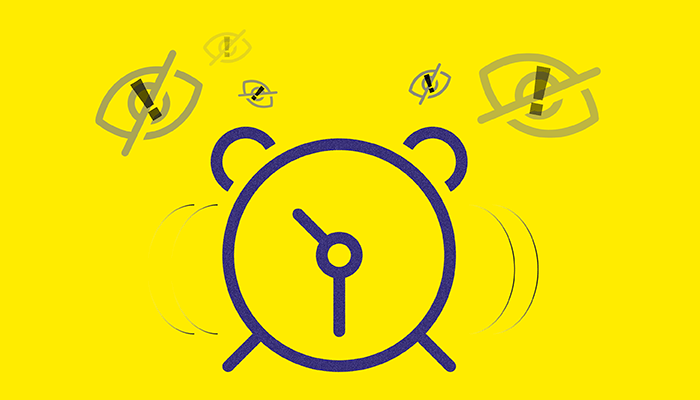
Sara Ahadi, one of the researchers behind the ‘eyeAge’ retinal aging clock, tells us how the development will not only help with patient diagnoses, but also enhance clinical understanding of the aging process.
What were the key findings of your study?
Our retinal aging clock, called 'eyeAge', demonstrated superior accuracy in predicting chronological age compared to other aging clocks with mean absolute error of 2.86 and 3.30 years in EyePACS and UKBiobank datasets, respectively. Additionally, eyeAge remained independent of blood marker-based measures of biological age (phenotypic age), maintaining a hazard ratio of 1.026 for all-cause mortality even after adjusting for phenotypic age. The individual-specific nature of eyeAge was supported by multiple Genome-Wide Association Studies (GWAS) hits in the UK Biobank cohort. The top GWAS locus was further validated by observing a decelerated age-related decline in vision in flies when the fly homolog, Alk, was knocked down. The study highlights the potential usefulness of a retinal aging clock in studying aging and age-related diseases, as well as quantitatively measuring aging on short time-scales. It also opens up possibilities for rapid and effective evaluation of gero-protective therapeutics.
Did any results surprise you?
The retina is a window to aging, and the combination of retinal imaging and longitudinal data has led to the development of an exceptionally precise aging clock. This innovative approach is noteworthy for its non-invasiveness, cost-effectiveness, and lack of dependency on laboratory equipment. Furthermore, the identification of an age-related gene among our top results in the genome-wide association study (GWAS) was a delightful confirmation of the reliability of our discovery pipeline.
Will eyeAge become the gold standard for measuring biological age?
Aging is a multifaceted biological process that gives rise to intricate physiological changes and age-related diseases. Consequently, a single aging clock may not fully encompass the entirety of an individual's biological aging. eyeAge, an aging clock based on the organ (specifically the retina), complements existing aging clocks that rely on blood markers, such as phenotypic age. Our analysis of hazard ratios for eyeAge independently highlights novel aspects of aging that are not captured by phenotypic age, revealing new dimensions in our understanding of the aging process.
